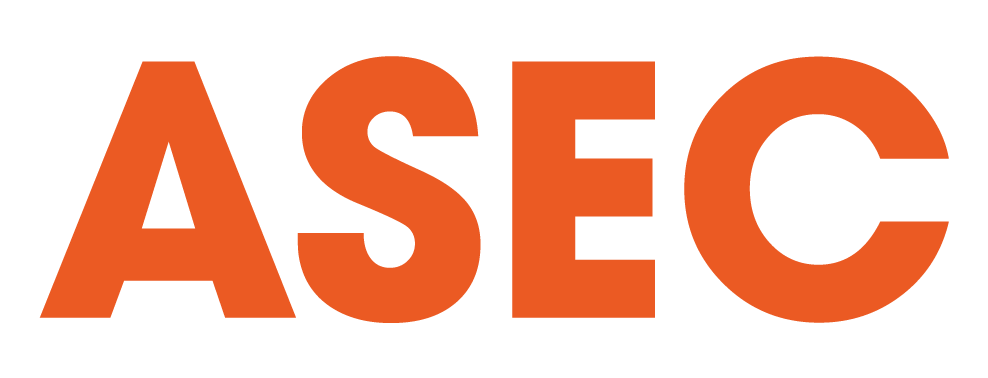In 2022, heart attacks resulted in 20,322 deaths in the country. Medically known as ischemic heart disease, heart attack has been the leading cause of death, with a rising trend of seemingly healthy young victims collapsing because of this issue. Regular medical emergency drills in the workplace are crucial in an organization’s Emergency Response Plan (ERP) to ensure the safety of staff working on the premises and visitors. Several objectives should be met in an efficient medical emergency drill.
Ensure that all staff are familiar with the medical emergency response plan
Anyone has the probability of encountering a medical emergency. All staff must know what to do should they come across a person needing medical attention, regardless of whether it is a visible injury or a cardiac arrest. The medical emergency response process includes:
- Notifying the right person to escalate the incident.
- Applying first aid while waiting for the arrival of professional help.
- Knowing where to retrieve the necessary items such as the first aid kit and the automated external defibrillators (AEDs)
Being familiar with the entire medical emergency response process from notification to providing basic first aid help, staff ensure that the victim receives help as soon as possible to increase the chance of survival in case of a real medical emergency. Any doubts or questions about medical emergencies can be addressed during the drill so that all staff are confident to handle such incidents.
Educate all staff on basic first aid knowledge and skills
Cardiopulmonary resuscitation (CPR) and AED usage are life-saving skills that are key to the survival of a medical emergency victim. Every second is precious. While appointed first aiders need to get certified according to their Job Performance Requirements (JPRs), general staff should be educated as well to provide immediate help to the victim should they are the first that encounter the incident.
Medical emergency drills are a good opportunity to organize a basic training or an awareness talk to educate all staff on first aid knowledge and skills. Besides CPR, other first aid skills that can come in handy are choking relief, bandaging, and immobilization, depending on the workplace hazards on-site.
Assess the efficiency of the medical emergency response plan in place
A medical emergency response plan should be tested to ensure its effectiveness, particularly when it involves a large team across various departments, such as in the case of a mass casualty event. This helps to identify any unrealistic aspects of the plan and pinpoint areas that need improvement. Conducting drills is therefore essential for an organization to verify the plan’s feasibility.
Safety officers responsible for overseeing the plan should use a checklist to evaluate its effectiveness and gather staff feedback to confirm the plan’s functionality. The checklist may include aspects such as:
- Time taken to notify the right person
- Number of staff knowing where to get the first aid kit and AED
- Number of first aiders on duty
- Readiness of first aiders
Ensure that first aid kits are well stock and AEDs in good working conditions
First aid kits and AEDs are often forgotten once they are placed in their designated areas. It would become an issue when the items inside the first aid kits go past their shelf life and the battery of the AEDs run out without anyone knowing. They should be checked regularly. Medical emergency response drills serve as a routine to check on these supplies and equipment as they are one of the keys to save life should an incident happen.
——
A medical emergency can happen anytime to anyone. The risk is even higher when the workplace has high foot traffic with people from all walks of life. Ensuring the objectives of regular medical emergency drills are met is a corporate social responsibility towards the people so that anyone can have a better chance of survival should a medical emergency occur.
